Panasonic AU-EVA1
Rated 5.00 out of 5 based on 2 customer ratings
$4,466.99
Get the most out of your filmmaking experience with Panasonic’s groundbreaking AU-EVA1 camcorder – a tool for the most creative and intuitive storytellers.
Description
Panasonic AU-EVA1: A Revolutionary Camcorder for Professional Filmmakers
The Panasonic AU-EVA1 is a professional camcorder specifically designed for cinematographers, documentarians, and independent filmmakers. This compact and lightweight device is packed with high-end features and offers exceptional image quality. It has quickly become one of the most sought-after cameras for modern-day professionals who require a reliable device at an affordable cost.
The AU-EVA1 offers a Super 35mm sensor with 5.7K resolution, allowing you to capture high-quality images at 4096 x 2160 and 3840 x 2160 resolutions. With its dual native ISO, you can take stunning shots under different lighting conditions without compromising image quality. This feature allows you to take action shots without compromising image quality when working in low light conditions.
The camcorder employs Panasonic’s V-Log gamma, allowing for a dynamic range of over 14 stops, thus producing more vibrant and detail-rich images. With its high-speed recording, you can capture up to 240fps in FHD mode allowing you to create smooth and detailed slow-motion shots.
The AU-EVA1 offers a modular design, allowing you to configure the camera according to your needs. It can be fitted with a variety of accessories to capture the perfect shot. The camera includes a variety of ports, including HDMI, SDI, and XLR for audio, ensuring seamless output during live video streaming with external equipment. With the EF mount, it allows filmmakers to mount high-end cinema lenses on their camera, providing sharp and detailed images with a cinematic look.
Additionally, the camcorder includes an SD card slot and dual SD card slots for simultaneous recording, backup, or extended recording capabilities. The camera also supports remote recording and control through a network. It features Wi-Fi connectivity, allowing you to pair it with your smartphone or tablet for remote monitoring, control, and file transfer.
The Panasonic AU-EVA1 is a highly capable camera that delivers exceptional image quality in a compact and affordable package. It is an ideal camera to add to your arsenal of equipment, whether you’re a novice or seasoned filmmaker. Its versatility, ease of use, and advanced features will enable you to produce professional-quality content that stands out from the crowd. If you are looking for a reliable device at an affordable cost, the AU-EVA1 is an excellent choice for you.
2160p (4K) Touch screen
Panasonic AU-EVA1 properties
| Product name |
AU-EVA1 |
| Max Video Resolution |
2160p (4K) |
| Max Frames per second (FPS) |
240 fps |
| Video Resolutions |
4096×2160,3840×2160,2048×1080,1920×1080,1280×720(120fps, 100fps, 240fps, 200fps |
| Recordable Files |
RAW, AVCHD |
| Type |
Action camera |
| Remote Control |
Yes |
| HDMI |
Yes |
| Line-In |
Yes |
| USB 2.0 |
Yes |
| Headphone Jack |
Yes |
| XLR in |
Yes |
| SD Type |
SD, SDHC, SDXC |
| SD |
Yes |
| SDHC |
Yes |
| SDXC |
Yes |
| Display |
Yes |
| Display Size |
3.5 “ |
| Touch screen |
Yes |
| Battery Type |
Li-Ion |
| Sound |
Stereo |
| Image Stabilization |
Yes |
| Image Stabilization Type |
Digital |
| Sensor |
1MOS |
| Sensor Megapixels |
20.0 MP |
| Still Pictures |
Yes |
| Still Picture Resolution (MP) |
20 |
| Height |
133.0 mm |
| Width |
135.0 mm |
| Depth |
170.0 mm |
| Weight |
1200 g |
Frequently Asked Questions:
Question: How do I change the aspect ratio on my Panasonic AU-EVA1?
To change the aspect ratio on your Panasonic AU-EVA1, follow these steps:
1. Turn on the camera and navigate to the menu using the joystick or buttons located on the side of the camera body. Scroll down to the "Aspect Ratio" menu item and select it by pressing the "OK" button on the joystick. Use the joystick to select your desired aspect ratio from the list of options available, which includes 16:9 (default), 4:3, and 3:2. Press the "OK" button again to confirm your selection. The camera will automatically adjust its settings to match your chosen aspect ratio. You may need to adjust other settings such as framing or focus to accommodate for the change in aspect ratio. Please note that some lenses may not be compatible with certain aspect ratios, so it's always a good idea to check the specifications of your lens before making any changes to the camera's settings.
How do I properly balance the color temperature on the Panasonic AU-EVA1 camera for indoor filming with artificial lighting?
To properly balance the color temperature on your Panasonic AU-EVA1 camera for indoor filming with artificial lighting, follow these steps:
1. Identify the color temperature of your lighting sources. This will typically be either 3200K (tungsten) or 5600K (daylight). You can usually find this information on the light bulb packaging or by consulting the manufacturer's specifications. Set your camera to shoot in 24p mode. This will give you more options for white balance settings, as well as a smoother image with less flicker when shooting under artificial lighting. Access the camera's white balance menu by pressing the white balance button (located next to the lens mount) and navigating through the on-screen options using the touchscreen display. Select the "Custom" or "Manual" white balance option, depending on your preference. Custom white balance allows you to measure the lighting conditions directly, while manual white balance lets you input specific color temperature values. If you choose custom white balance, point your camera at a neutral gray object (such as a gray card) that is evenly lit by your artificial light sources. Press and hold the "white balance" button for several seconds to measure the lighting conditions. The camera will automatically calculate the color temperature and tint values based on the readings. If you choose manual white balance, input the appropriate color temperature values (such as 3200K or 5600K) and adjust the tint value as needed to achieve a neutral gray tone. The camera will display a preview of how the colors will appear with these settings. Review your footage to make sure that the colors are accurate and pleasing to the eye, making any necessary adjustments to the white balance settings as needed. It's often helpful to view the footage on a calibrated monitor or through color-accurate software to ensure that the colors are faithful to the original scene. Remember to re-balance your camera's white balance whenever you change lighting conditions, such as moving from a tungsten-lit room to a daylight-lit room. This will help ensure consistent and accurate colors throughout your footage.
How do I properly attach and detach the lens on my Panasonic AU-EVA1 camera?
Attaching a Lens:
1. Make sure the camera is turned off before attaching or detaching any lenses to avoid any potential damage to your equipment. Locate the mounting plate at the back of the camera, which has a red latch on one side and a threaded lens mount on the other side. Align the lens mount on the new lens with the threaded lens mount on the camera's mounting plate. Rotate the lens clockwise until it is securely attached to the camera. Check that the lens is properly aligned and that there are no issues with focusing or aperture. Detaching a Lens:
1. Make sure the camera is turned off before detaching any lenses to avoid any potential damage to your equipment. Locate the red latch on the mounting plate, which should be pushed towards the lens's bayonet mount. Grasp the lens firmly and rotate it counterclockwise until it is fully detached from the camera. Inspect the lens for any signs of damage or debris, especially if it has been attached to another camera previously. Clean the lens and the camera's mounting plate as needed before attaching a new lens. Remember to always handle your lenses with care and avoid touching the front element unnecessarily to prevent any scratches or smudges.
What are the main features and specifications of the Panasonic AU-EVA1?
The Panasonic AU-EVA1 is a compact, handheld cinema camera that offers a wide range of professional video capabilities. Some of its key features include:
1. K resolution sensor (17. Dual native ISO up to 25600, allowing for low-light shooting without excessive noise. Variable ND filter system with a range from ND 2 to ND 512 (equivalent to 4-stops to 10-stops). Global shutter for distortion-free image capture, eliminating rolling shutter artifacts. Cinegamma profile and 13+ stops of dynamic range, providing a wide color gamut and accurate color reproduction. Compact design with a lightweight body (under 2 pounds) and a durable magnesium alloy chassis. Integrated ND filter wheel and built-in neutral density filters, reducing the need for external filters. Support for anamorphic lenses, allowing for wide aspect ratios such as 2. Slow & Quick motion capabilities up to 60 fps in Full HD (1080p) mode and up to 24 fps in 5. K mode. Built-in Ethernet connector for remote control and live streaming via Panasonic's AW-RP50 remote controller or third-party software. Compatibility with various recording formats, including ProRes and DNx codecs in 4K UHD and Full HD resolutions. Support for SDXC/SDHC memory cards, providing up to 400 MB/s data transfer speeds. Overall, the Panasonic AU-EVA1 offers a versatile set of features that make it suitable for various applications such as documentary filmmaking, music videos, corporate video production, and more.
I've been trying to set up the EVA1's LUT (Look-Up Table) but I can't find it in the menu system. Is it possible that this feature has been removed or is there another way to access it?
The EVA1's LUT feature was indeed a bit hidden, wasn't it?
To be honest, Panasonic did remove the LUT option from the camera's menu system after firmware version 3. This decision was made to simplify the interface and reduce the number of menu options. However, there are still ways to apply color grading or LUTs to your footage shot with the EVA1. You can use third-party software like DaVinci Resolve Studio, Blackmagic Design Fusion, or even Adobe Premiere Pro to create and apply LUTs to your footage. These applications allow you to load and apply LUTs in various formats, including . EVA1. Some of these programs also offer more advanced color grading tools that can be used to fine-tune your look even further. Additionally, Panasonic has made available a software tool called "LUT Converter" that allows you to convert LUTs from various formats into the . EVA1. This tool is available for download on the Panasonic website. So while the LUT option may not be available within the camera's menu system, there are still plenty of ways to achieve a consistent look across your footage and create a polished final product.
Before you buy Panasonic AU-EVA1
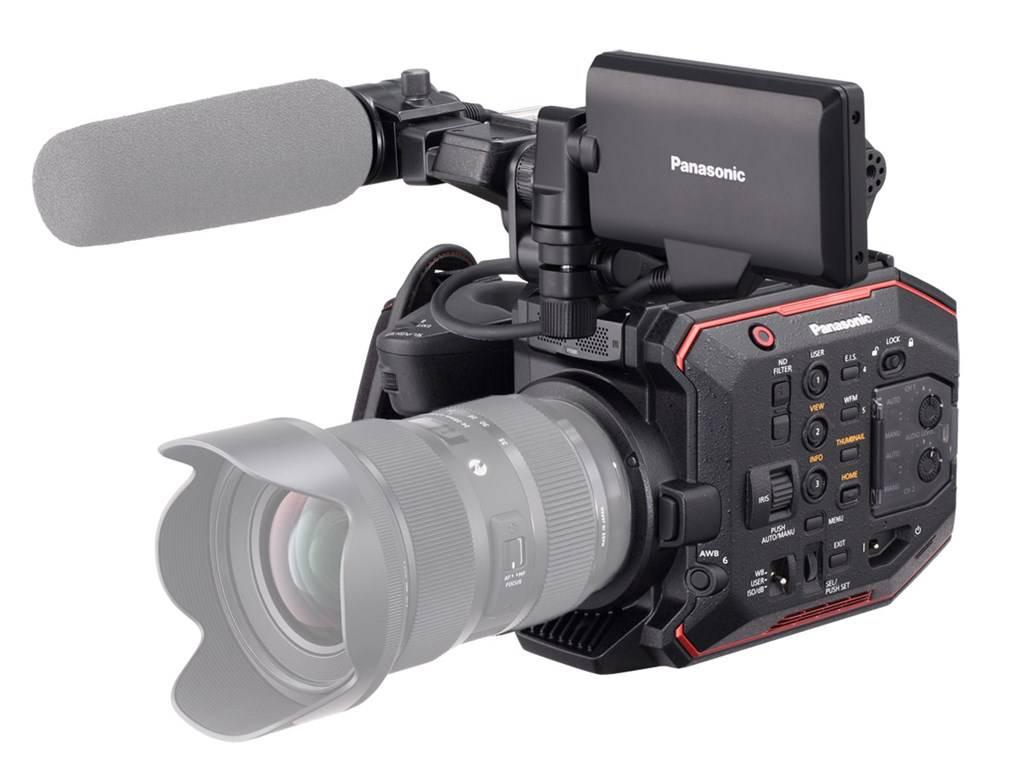

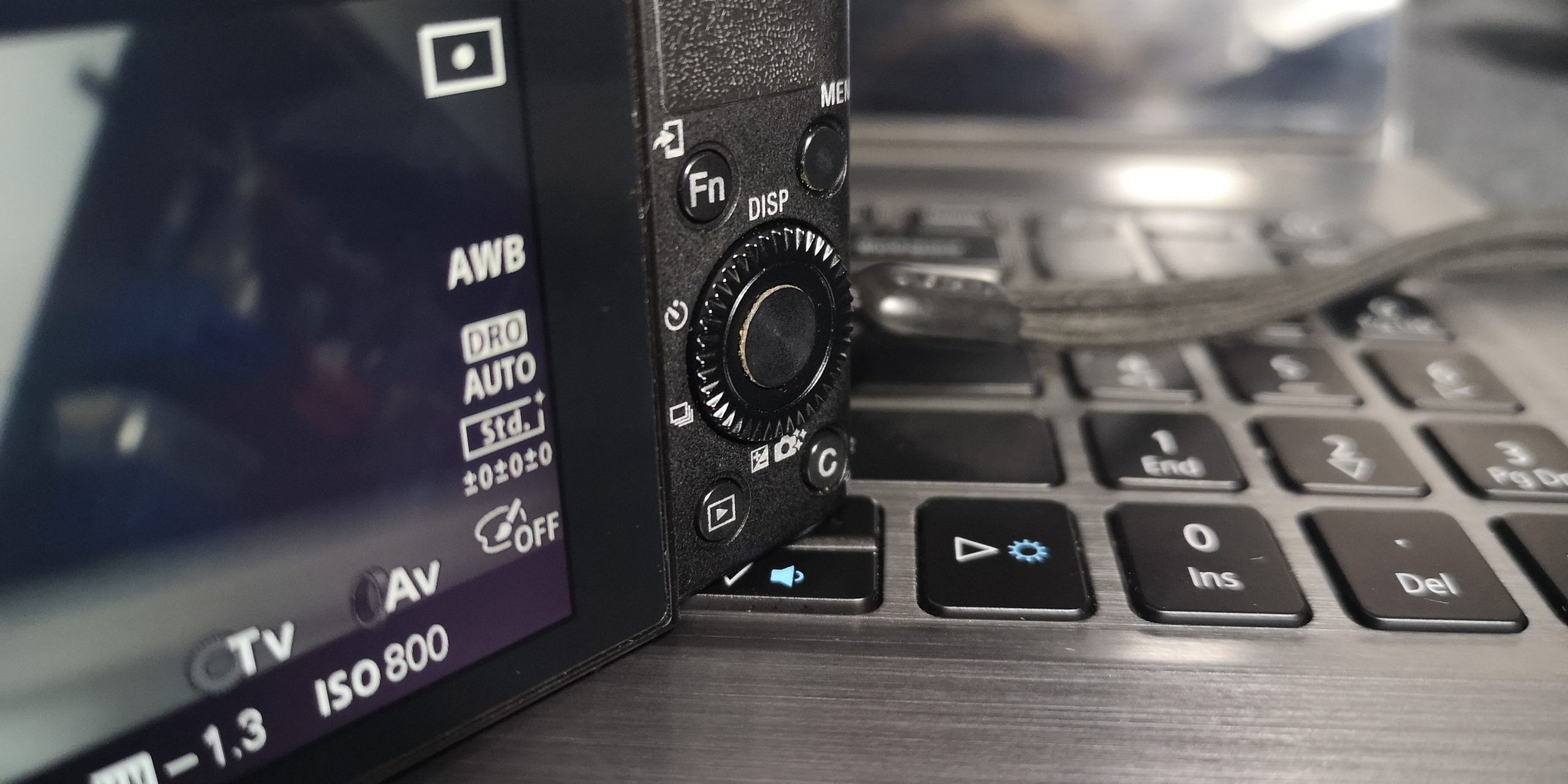
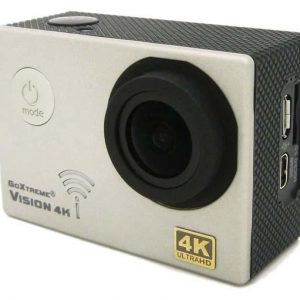
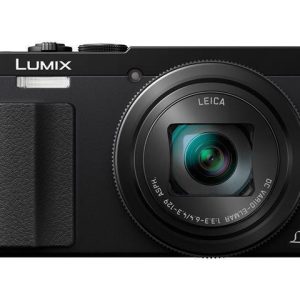
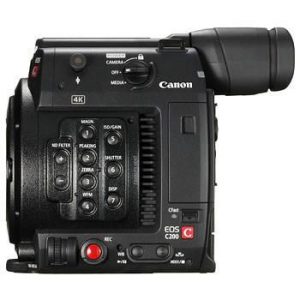
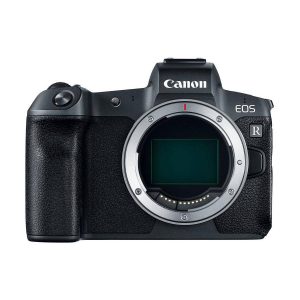
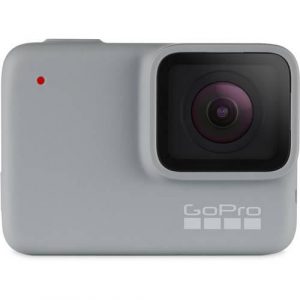
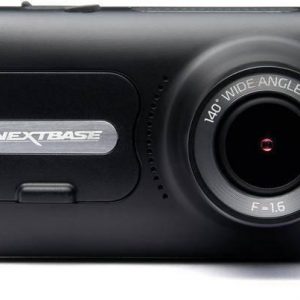
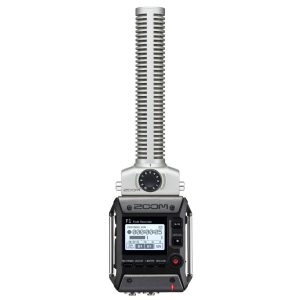
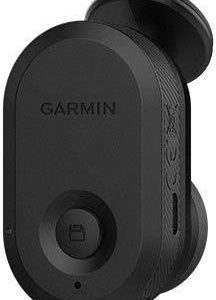
Kerli Putain –
A good camera for amateurs – obviously the quality is not on par with professional SLRs, but you can’t have everything.
In this price range and in this class, the camera is second to none.
Several shortcomings of the predecessor (P900) have been corrected – the quality of the display, MF, AF, additional buttons / switches, but it also has some disadvantages – size and weight.
The quality of the photos is correct – they are not perfect photos, but to get them you would have to spend about 10x more. Of course, grumblers will say that using the maximum zoom is pointless, because the quality drops and you can see waving air over long distances – that’s true.
However, using the same zoom at distances not exceeding 50m gives very good results and allows you to fill the entire frame by photographing wild animals / nature in a natural environment. In my opinion, this camera works best for such applications.
The advantage is the widest range of focal lengths anywhere available for which this camera is purchased.
Rowan –
Panasonic AU-EVA1: The Ultimate Camera for Adventurous Filmmakers and Photographers!
Are you ready to take your filmmaking and photography skills to the next level? Look no further than the Panasonic AU-EVA1 a versatile, professional-grade camera that’s perfect for both seasoned pros and aspiring creatives alike. While it may not boast the exact same capabilities as more expensive SLRs, this compact powerhouse offers an unbeatable blend of quality and affordability.
First off, let’s talk about the design. Gone are the days of clunky, bulky cameras that slow you down and limit your mobility. The AU-EVA1 is sleek, lightweight, and built to withstand even the harshest conditions whether you’re trekking through a dense rainforest or braving subzero temperatures in Antarctica. Its ergonomic grip makes it easy to hold for extended periods, while its compact size ensures you can always have it with you whenever inspiration strikes.
Speaking of inspiration, the AU-EVA1 delivers stunning 4K video quality that’s truly a sight to behold. The camera’s dynamic range and color accuracy are top-notch, making it easy to capture breathtaking images with rich detail and vibrant colors. And thanks to its impressive low-light performance, you’ll never miss another incredible sunset or starlit sky again!
But the AU-EVA1 isn’t just about picture-perfect visuals it also excels in the realm of sound. With a built-in microphone and support for external mics, this camera ensures your audio is just as high quality as your video. Plus, its versatile recording formats cater to both professional producers and hobbyists alike, giving you plenty of options for post-production editing.
So why settle for less when you can have it all with the Panasonic AU-EVA1? Whether you’re a budding filmmaker, an intrepid travel photographer, or simply someone who wants to capture life’s most magical moments, this camera is the perfect companion on your creative journey. So go ahead challenge yourself, push your limits, and let your imagination run wild!